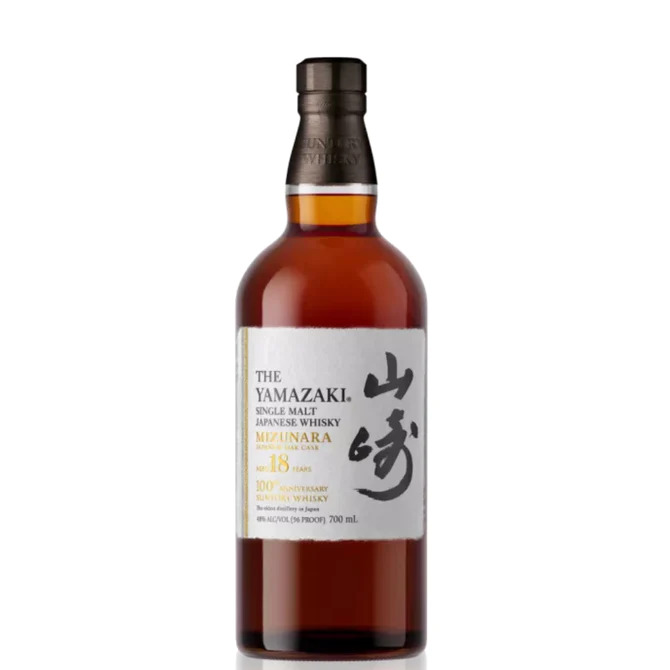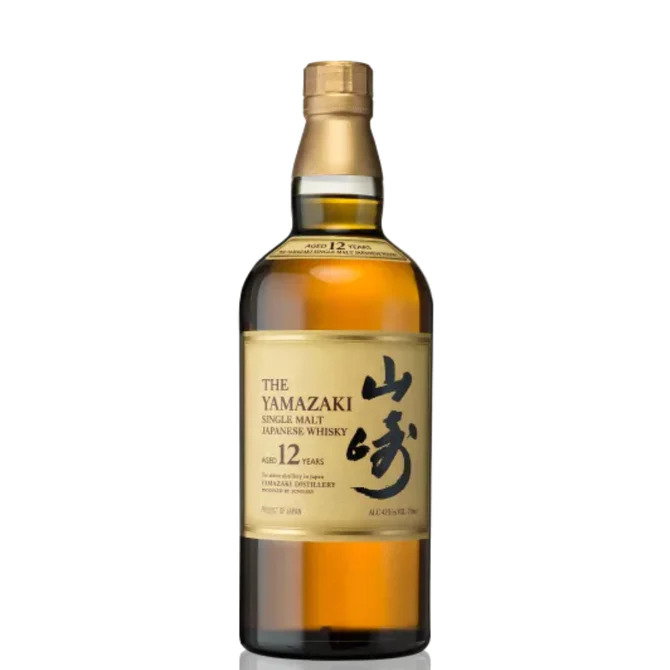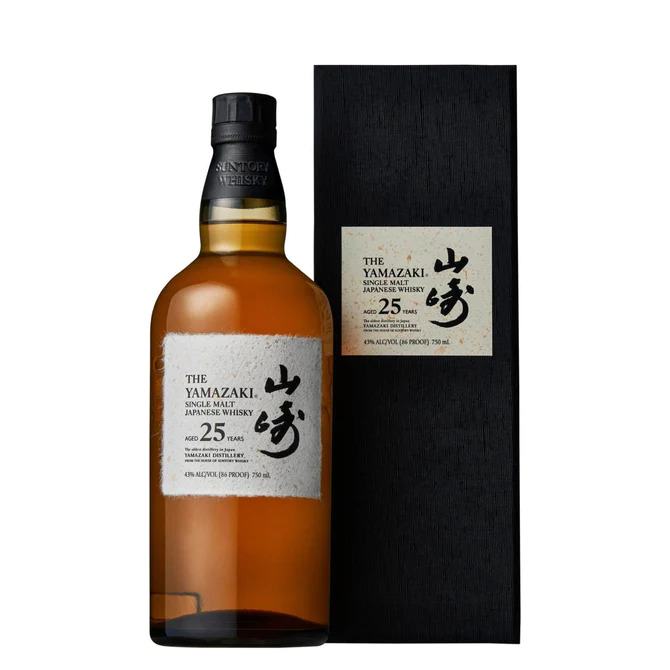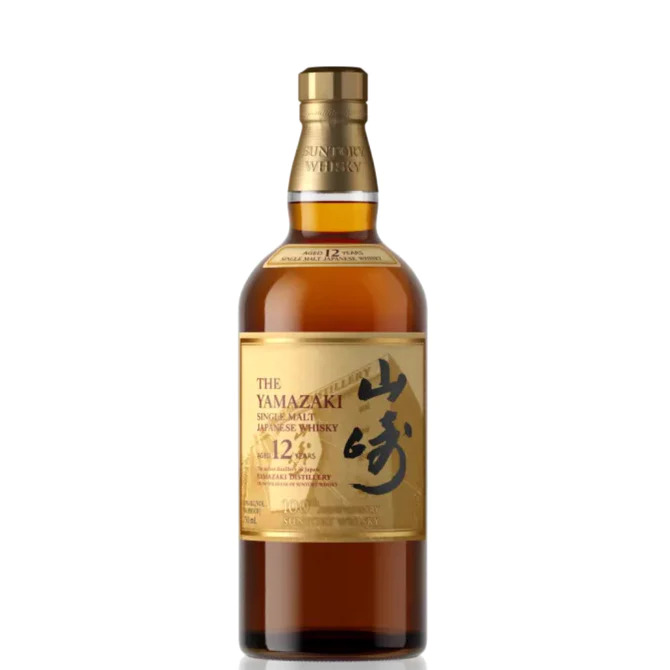Imagine savoring a drink that embodies centuries of craftsmanship, a drink that represents the essence of Japan in every sip. This is the world of Yamazaki Japanese Whisky, a liquid masterpiece that has captured the hearts of whisky enthusiasts worldwide. In this article, we’ll embark on a journey to explore the history, production, and unique flavors of yamazaki japanese whisky. So, grab your favorite glass, and let’s begin this delightful adventure.
Table of Contents
- The Birth of Yamazaki Whisky
- The Importance of Water
- The Art of Whisky Aging
- Yamazaki Whisky Production Process
- Flavor Profiles of Yamazaki Whisky
- Yamazaki Whisky Collections
- The Yamazaki 18 Yr Mizunara 100th Anniversary Limited Edition 700ml
- The Yamazaki 12 Yr 100th Anniversary Limited Edition 700ml
- The Yamazaki 25 Yr Single Malt Japanese Whisky 750ml
- The Yamazaki 12 Yr Japanese Whisky 750ml
- Yamazaki Whisky and Food Pairing
- The Rise of Japanese Whisky
- How to Enjoy Yamazaki Whisky
- FAQ
- Conclusion
The Birth of Yamazaki Whisky
Yamazaki Whisky has a fascinating history. It all started in 1923 when Shinjiro Torii, the founder of Suntory, decided to create Japan’s first malt whisky. Inspired by the Scottish whisky-making traditions, he chose the serene and pure waters of Yamazaki, near Kyoto, as the birthplace of explore Japanese whisky. This marked the beginning of a legacy that would take the world by storm.
The Importance of Water

In whisky making, the water source is as vital as the ingredients themselves. Yamazaki’s choice of soft, clear water from the nearby Oyamazaki hills contributes to the whisky’s distinctive character. This water source imparts a delicate, silky texture to the whisky, making it truly exceptional.
The Art of Whisky Aging
Yamazaki Whisky is aged in various types of oak barrels, including American, Spanish, and Japanese Mizunara oak. This diverse aging process allows the whisky to develop intricate flavors, ranging from fruity and floral to woody and spicy. The longer the aging, the richer and more complex the whisky becomes.
Yamazaki Whisky Production Process
Making Yamazaki Whisky is an art form. The process involves mashing, fermentation, distillation, and maturation, each step meticulously executed to ensure the finest quality. Japanese whisky makers often use a combination of malted and unmalted barley, corn, and other grains. The result is a blend that is both unique and enchanting.
Flavor Profiles of Yamazaki Whisky
Yamazaki is celebrated for its broad range of flavor profiles. Some expressions are light and floral, while others are deep and smoky. Each bottle is a journey through different taste dimensions. You’ll discover notes of honey, citrus, and dark chocolate, or perhaps a hint of dried fruit and cinnamon. The versatility of Yamazaki makes it a whisky for all palates.
Yamazaki Whisky Collections
Over the years, Yamazaki has released a remarkable selection of whiskies, each with its own character and charm. From the Yamazaki 12-Year-Old Single Malt to the rare and coveted Yamazaki Sherry Cask, collectors and connoisseurs have an array of choices to explore.
The Yamazaki 18 Yr Mizunara 100th Anniversary Limited Edition 700ml
The Yamazaki 18 Year Mizunara 100th Anniversary Limited Edition is a highly sought-after Japanese whisky. This special release was created to celebrate the 100th anniversary of Yamazaki Distillery, one of Japan’s most renowned whisky producers. It is an 18-year-old whisky, which means it has been aged for a significant period, allowing the flavors to mature and develop complexity. This whisky is distinct in that it is aged in Mizunara oak casks. Mizunara oak is known for imparting unique and exotic flavors to the whisky, with notes of sandalwood, coconut, and oriental spices. This makes it highly prized among whisky enthusiasts. The bottle contains 700ml of whisky, which is a standard size for many premium whisky releases.
The Yamazaki 12 Yr 100th Anniversary Limited Edition 700ml
The Yamazaki 12 Year 100th Anniversary Limited Edition 700ml is another special release by Yamazaki Distillery, created in celebration of their 100th anniversary. Here are the key details about this particular limited edition whisky. This whisky is aged for 12 years. While not as mature as the 18-year-old Yamazaki Mizunara mentioned previously, a 12-year aging period allows for a balanced and well-rounded flavor profile to develop. Just like the Mizunara 18-year-old version, this release is also a limited edition. Limited editions are produced in a restricted quantity, making them highly collectible and sought after by whisky enthusiasts and collectors. The whisky comes in a standard 700ml bottle size, commonly used for premium whisky releases.
The Yamazaki 25 Yr Single Malt Japanese Whisky 750ml
The Yamazaki 25 Year Single Malt Japanese Whisky is a highly prestigious and aged expression from the renowned Yamazaki Distillery. Here are the key details about this exceptional whisky:
This whisky is matured for a staggering 25 years. The extended aging process imparts depth, complexity, and richness to the flavors, making it one of the most sought-after and luxurious Japanese whiskies. It’s a single malt whisky, which means it’s made from 100% malted barley and produced at a single distillery, in this case, Yamazaki. Single malts are often celebrated for their distinct and refined characteristics.
The whisky is presented in a 750ml bottle, which is a standard size for premium spirits and allows for multiple servings.
The Yamazaki 12 Yr Japanese Whisky 750ml
The Yamazaki 12 Yr japanese whisky is known for its approachable and harmonious flavor profile, which often includes notes of honey, orchard fruits, vanilla, and a touch of spice. It’s a great choice for those looking to explore the world of Japanese whisky or those who appreciate a well-balanced and easy-drinking spirit.
This particular release is more widely available than limited editions or older expressions, making it a solid choice for both newcomers to Japanese whisky and seasoned enthusiasts who enjoy a well-crafted and approachable dram.
Yamazaki Whisky and Food Pairing
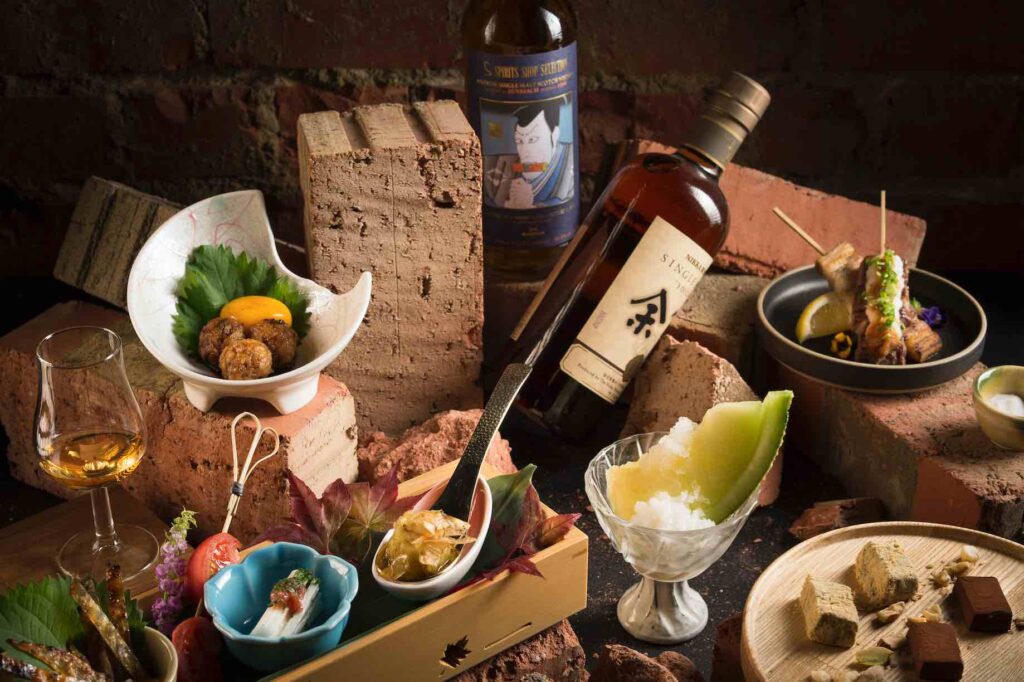
Pairing Yamazaki Whisky with food is a sensory delight. The whisky’s diversity in flavors makes it a versatile companion for various dishes. Try a smoky Yamazaki with grilled meats or a fruity expression with sushi, and you’ll be amazed at how the flavors complement each other.
The Rise of Japanese Whisky
Yamazaki Whisky played a significant role in establishing Japan as a prominent whisky-producing nation. It’s not just about Scotch whisky anymore. The Japanese have mastered the art, winning awards and accolades that speak to their whisky-making prowess.
How to Enjoy Yamazaki Whisky
Whether you’re a whisky novice or a seasoned enthusiast, savoring Yamazaki is a unique experience. To truly enjoy it, take a moment to appreciate the aroma, savor the taste, and feel the finish. Some prefer it neat, while others enjoy it with a splash of water or on the rocks. The choice is yours.
FAQ
What Makes Yamazaki Whisky Unique?
Yamazaki Whisky’s uniqueness lies in its meticulous craftsmanship. The use of pure water, diverse grain combinations, and various oak barrels for aging creates a rich tapestry of flavors that sets it apart from other whiskies.
Can You Visit the Yamazaki Distillery?
Yes, you can visit the Yamazaki Distillery. Located near Kyoto, it offers guided tours where you can explore the whisky-making process and enjoy tastings of their exceptional whiskies.
Is Yamazaki Whisky Worth the Price?
Absolutely. Yamazaki Whisky is known for its quality and complexity, making it a worthy investment for whisky enthusiasts and collectors alike.

How Does Yamazaki Compare to Scotch?
Yamazaki Japanese Whisky offers a unique and diverse flavor profile that distinguishes it from Scotch whisky. While Scotch has its own charm, Yamazaki’s Japanese craftsmanship adds a distinct character to its whiskies.
Can I Collect Yamazaki Whisky?
Collecting Yamazaki Whisky is a rewarding hobby. With limited editions and aged expressions, building a collection of these exceptional whiskies is not only enjoyable but also potentially lucrative in the long run.
Conclusion
Yamazaki Japanese Whisky is a testament to the art of whisky-making. From its intriguing history to its exquisite flavors, it has become a symbol of Japanese craftsmanship and tradition. So, the next time you pour yourself a glass of Yamazaki, remember that you’re not just enjoying a drink you’re savoring a piece of history and culture.



